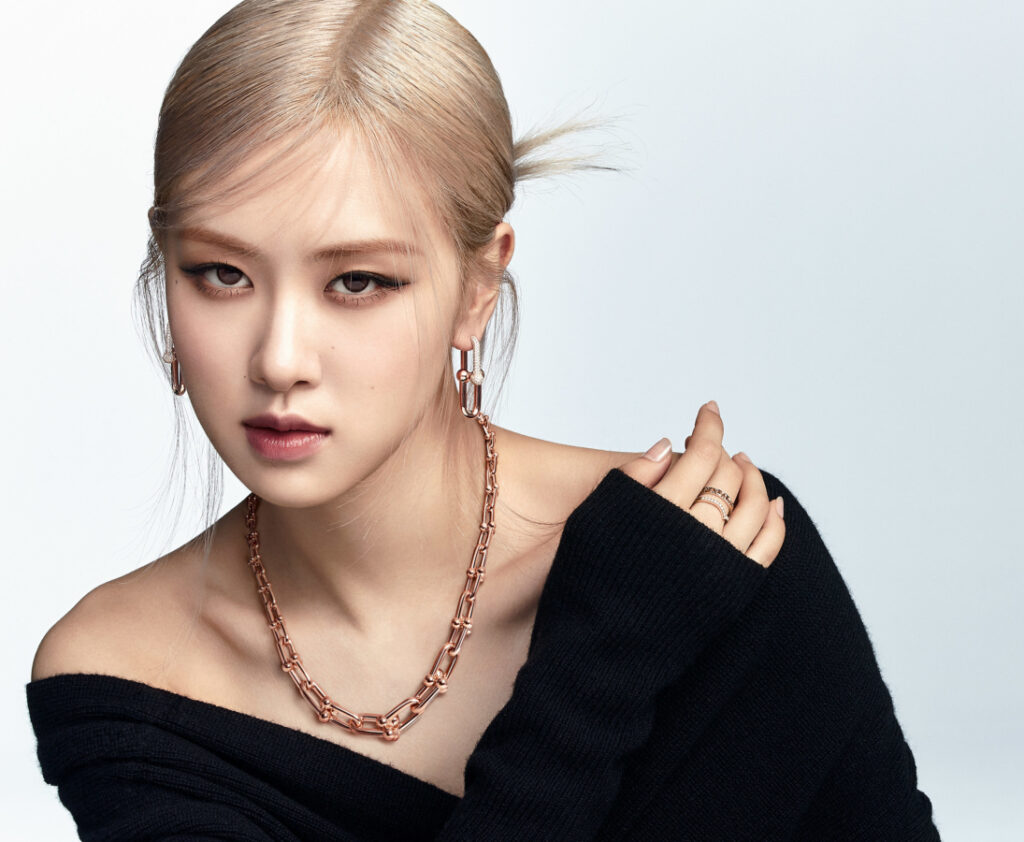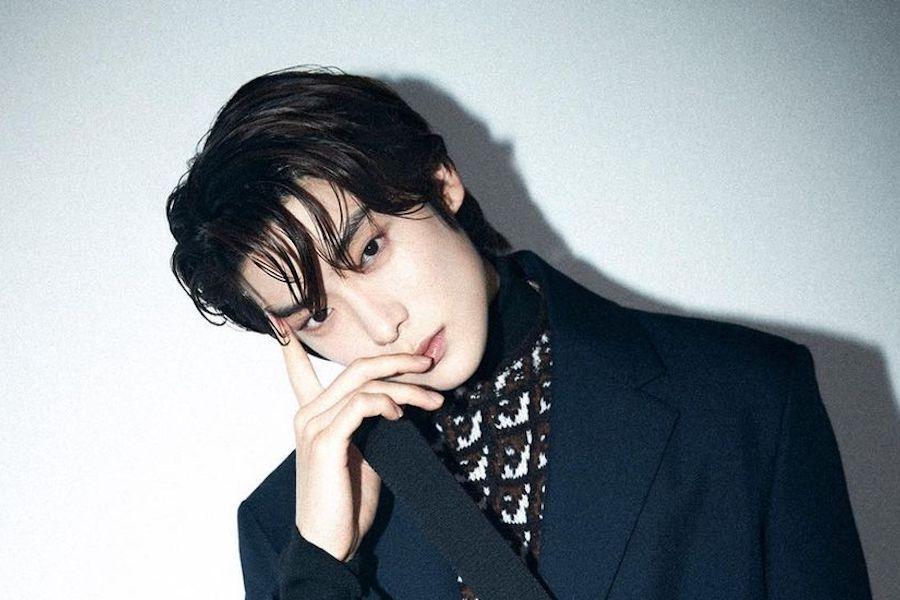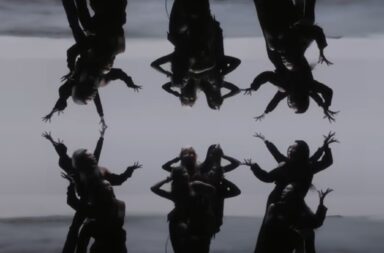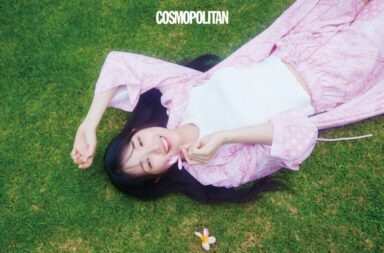
It’s no secret that K-pop is dominated by trends. Whether it’s musical, or fashion-related like the unavoidable Y2K wave or concepts, trends overtake the K-pop industry for a while before the next ones emerge. Recently, K-pop has been all about one thing: fashion ambassadorship. Since 2022, a dozen solo artists and idol groups have been appointed as ambassadors of luxury brands and subsequently collaborated with the brands in diverse ways. Fashion ambassadorship is nothing entirely new to K-pop; it has in fact been present for many years. The big distinction lies, however, in its’ previous exclusivity. In the past, a small number of idols, primarily from large entertainment agencies, worked with fashion houses. Nowadays, almost every group boosts one or more ambassadors. How did this trend arise, and what implications does it have for the Korean music industry?
A glance into the past shows that K-pop’s biggest fashion pioneer G-Dragon was one of the first idols to collaborate with a luxury brand. He first attended a Chanel show in 2014 before being appointed ambassador in 2016 and posing for an advertisement in 2017. His former labelmate, CL, also worked with Moschino and was known for her close friendship with the brand’s creative director Jeremy Scott. Scott often praised the singer for her eclectic fashion choices and her openness towards trying new styles. CL’s group, 2NE1, also collaborated with Adidas in diverse ways.
Ambassadorships continued throughout the second generation, albeit remaining rather scarce. In the third generation, Exo worked with fashion brands with four members being the faces of high-end brands such as Burberry, Prada, and Dior. Each member of Black Pink also scored a highly publicized deal with a luxury brand. These collaborations became a crucial part of the members’ solo careers and image, which is significant when considering that the Black Pink members are often regarded more as influencers and models than idols. The members’ appearances in ads and shows hosted by the brand proved the degree to which ambassadorships can help elevate the idol’s and brand’s reach. Since last year, the number of idols becoming ambassadors has only multiplied. At one point, news of ambassadorships were coming out every other day, posing the question of what might drive brands to choose K-pop idols.

It is indeed no coincidence that brands are so eager to hire Korean idols when considering that Koreans are the biggest consumers of luxury goods in the world, beating out China and the United States. The demand is driven by both an increase in purchasing power and the desire to exhibit a symbol of social standing. Koreans view luxury items as status markers, and what better way is there than to use a famous Korean star to convince people to purchase the product? It has been reported several times that tapping an idol as ambassador has helped to boost sales. Examples are Black Pink’s Rosé‘s for Tiffany & Co. and the NewJeans members, who each collaborate with a luxury brand.
Hiring an idol further equals tremendous social media exposure and traffic. Idols’ appearances at fashion shows in Paris or Milan trend on platforms like Twitter or TikTok for days and hundreds of fans flock to the fashion show venue. If they endorse products on their social media accounts, the brands are able to generate notable revenue.
Lastly, brands are able to elevate their image as they seem more inclusive and open by booking Asian celebrities, which merely a few years ago was a rarity. With younger fans making up most idols’ fanbases, brands are also able to access this demographic. Generally, K-pop fans are known to be extremely dedicated and ready to purchase any product the idol wears or endorses.

From the idol’s point of view, becoming an ambassador brings plenty of benefits. It helps them engage in solo activities and garner more global exposure and popularity. The ambassadorships also bring in plenty of income for the company and idols; it has been reported several times that brands pay hefty sums to secure idols. Last year, Cartier doubled Dior’s contract fee to sign with Black Pink’s Jisoo.
This development has many implications for the Korean music industry. Luxury brands of Chanel, Louis Vuitton, or Dior’s magnitude working with K-pop idols demonstrates how global K-pop has become and that it extends well beyond music to fashion, jewelry, cosmetics or even sports. Earlier this year, BTS‘s Suga was appointed as the NBA ambassador after repeatedly visiting games and mentioning his passion for the sport. The now-widespread nature of such ambassadorships show how far the industry of K-pop, once a niche sector, has come to reach. But it’s not only K-pop that garners so much attention. South Korea as a whole has been noticed for being a fashion metropolis and more brands are moving their show to the capital, Seoul. Earlier this year, Louis Vuitton collaborated with Squid Game director Hwang Dong-hyuk on a project that turned the Jamsugyo Bridge into a fashion runway.
On the flip side, some collaborations fail to give off any genuineness. Rather, they evoke the feeling that every idol and brand are trying to sign a contract, regardless of whether the idol is suitable or not. This ties to fans’ complaints that some idols or groups simply do not fit the brand they work with. Recently, Le Sserafim signed with Louis Vuitton, but fans have not been particularly welcoming about this news. The NewJeans members also each scored a deal with a big brand shortly into their debut, but 15-year-old Hyein posing for Louis Vuitton or 18-year-old Danielle for Burberry (both quite mature brands) fails to create any momentum because it simply does not fit. Aespa becoming ambassador of Givenchy only weeks into their debut also raised some eyebrows, raising the question of how the group managed to strike Givenchy’s attention in such a short time (it may well be speculated that SM Entertainment had their hand in this matter).

Furthermore, the trend of ambassadorships is another display of Korean companies’ never-ending collective desire for Western acknowledgment. It started in the music industry, where with BTS, K-pop finally moved to the forefront. Since then, more groups have been charting and performing in the US. Companies gradually tailor their releases to the American market, doing everything to stay relevant. This success was something the K-pop industry craved for a long time and in that sense, it almost feels like after having conquered the biggest music market, they are now focusing on the biggest fashion market, Europe.
As stated, ambassadorships emphasize both South Korea and K-pop’s global reach and make a nice opportunity for idols. Many collaborations have also been met with acclaim for creating a perfect idol-brand synergy such as Jungkook for Calvin Klein, Jennie for Chanel, and Jaehyun for Prada. Simultaneously, as is the case with every trend in K-pop, fashion ambassadorships have been milked to a point where they have lost any value and spark. The ongoing obsession with making K-pop as universal as possible is gradually taking away from it’s intrinsic and unique character. Nevertheless, it will be intriguing to see what trend will have K-pop in a chokehold next.
(CNBC, Korea Joongang Daily, The Korea Times, NBA, Reddit, Time, theqoo. Images via Harper’s Bazaar, Vogue, Prada, Tiffany & Co.,)


